Photo credit: howtocleanyourliver.com
Fatty liver occurs when there is abnormal accumulation of fats in the liver cells. Fatty liver links to metabolic syndrome. A non-complicated fatty liver disease is reversible in most case if managed properly. Non-alcoholic steatohepatitis (NASH) happens when the fatty liver becomes inflamed and eventually progress to liver cirrhosis (permanent liver scarring).
To prevent deteriorating of fatty liver, medical goals focus on treating associated conditions like obesity and diabetes which can cause fat to build up in our body. There is no special diet for fatty liver, however patients need to control body weight and glucose levels. It is important to control their high cholesterol and high blood pressure as well.
Dietary recommendation :
1. OBESITY
Weight loss is recommended for those who are overweight or obese.
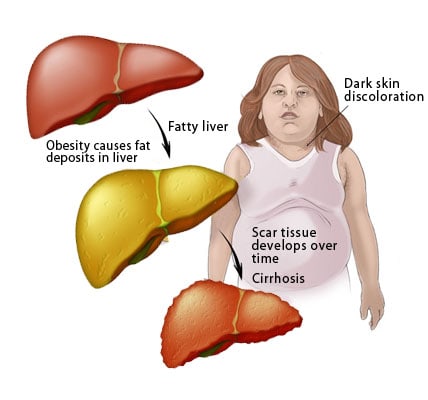
Obesity can be defined by body mass index (BMI) or distribution of body fat. BMI greater than 23kg/m² is classified as overweight. Increased visceral fat is more of a risk factor for non-alcoholic fatty liver disease (NAFLD) as a continued high release for fatty acids can cause insulin resistance in the body.
In men, high risk abdominal obesity is defined when a waist circumference is greater than 90cm; for women, when greater than 80cm. To maintain body weight in the healthy range, we need to balance physical activity and calory intake from foods. As adults, we should prevent gradual weight gain over time by reducing high calorie food intake. For example, high calorie food which is popular among Malaysian include rojak (1 plate with 752kcal), curry noodles (1 bowl with 681kcal) and kuew teow bandung (1 bowl with 540kcal) and etc.
2. DIABETIC PATIENTS
Control on carbohydrate intake is part of the dietary management for diabetic patients.
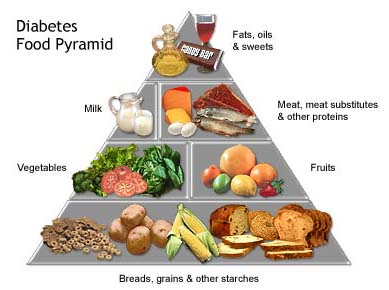
Recommended carbohydrate serving for male diabetic patients should be between 3 – 4 exchanges for main meal and 2 – 3 exchanges for female patients. (1 exchange equivalent to 15g of carbohydrate – refer to previous article: Carbohydrate Myths for Carbohydrate Serving). Sugar intake from food and beverages should be limited to prevent excessive calorie intake from high sugar.
3. HYPERLIPIDAEMIA
Limit foods high in saturated fats and cholesterol for treatment of hyperlipidaemia.
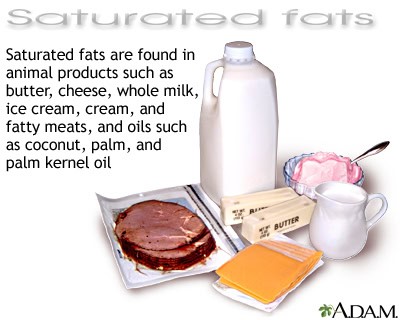
The recipes need to be modified to minimise fats and oils in food preparation. Low fat cooking methods are encouraged e.g. baking, boiling, grilling, steaming and etc.
4. SALT
For hypertensive patients, control your salt intake to less than 1 teaspoon of salt per day (2400mg sodium).
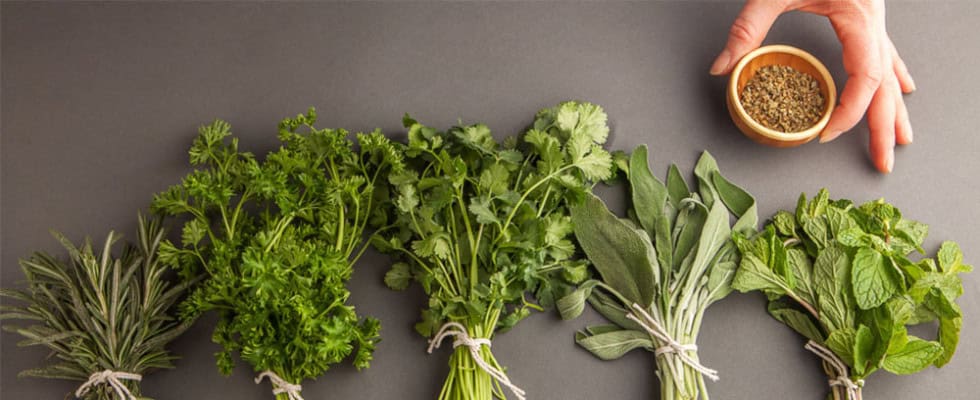
In Asian countries, salt is added in cooking. It is present in sauces and seasonings and is the major source of sodium in the diet. It is strongly recommended to use natural spices to replace salt and sauces during cooking.
5. ALCOHOL
The alcohol that we consume is processed by the liver and it can accelerate the rate of liver damage.
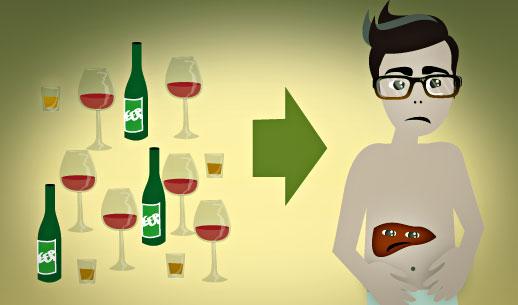
It is recommended to avoid alcohol and remain abstinent for life.
6. EXERCISE
Exercise helps to maintain a healthy weight.

Increasing physical activity will increase daily energy expenditures. In addition to that, a steady weight loss can be achieved if daily activities can gradually be increased to 90 minutes every day.
Reviewed and compiled by Dietitian, Columbia Asia
Share:
Was this article helpful?
Share:
Was this article helpful?
Health Packages
Elevate your health with tailored health packages at Columbia Asia Hospital. Take charge of your health journey today.

